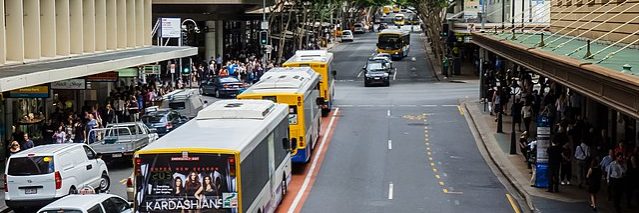The Climate Council says Australia needs to move away from private vehicle reliance in order to reduce carbon emissions. Source: John Robert McPherson
A report released yesterday by the Climate Council says that while electric vehicles will help, Australia needs to halve its use of private vehicles in order to play its part in reducing global emissions.
In Australia, more than 81 percent of trips are done in private vehicles, but the Climate Council report says that this will need to drop to 36 per cent by the end of the decade.
Climate Council Head of Advocacy, Jennifer Rayner, said “If we are to reduce emissions from personal transport really deeply this decade, we need to flip how our transport system works from one that is about moving around cars to one that really prioritises moving around people.”
The federal government says it aims to reduce emissions by 43 percent, based on 2005 levels, by 2030, but the Climate Council recommends the nation aim for a 75 percent reduction, and aim to reach net zero by 2035, in order to play its part in reducing global emissions.
Dr Rayner said that in order for this to be achieved, more people would need to switch to public transport and active transport, like bike riding or walking.
“At the moment the average Australian household has two petrol cars in the garage,” Dr Rayner said.
“Our vision in the future is that one of those be replaced by an EV, and the other one could be substituted altogether by a mix of trips using active and public transport, like walking, riding and rolling.”
Dr Rayner also said that Climate Council surveys showed that people do want public transport options, but that services are not adequate.
Dr Rayner said a good solution would be to increase reliable electric bus services, rather than larger infrastructure projects.
“They can be rolled out a lot more quickly and a lot more easily than the really big-scale rail infrastructure that governments often like to prioritise,” Dr Rayner said.
Transport expert Matthew Burke said that such a high increase in public transport use is not supported by the current networks in Australia, but that the active transport goal was within reach.
“That’s very achievable,” Burke said. “It’s been done in other jurisdictions, including in US cities that look a lot like ourselves — that’s not difficult.”
Mr Burke said that reducing speed limits to 30 kilometres per hour on some roads would help encourage pedestrians and cyclists to use roads and footpaths.





